A German Model of ‘Musca Domestica’ the ‘Common Housefly’
A German Model of ‘Musca Domestica’ the ‘Common Housefly’
Painted tin wood papier-mâché and fibre
Old label to base ‘Stubenfliege Vergl. 30 Fach’
Second half 19th Century
Size: approx: 35cm high, 30cm wide, 28cm deep - 13¾ ins high, 11¾ ins wide, 11 ins deep
Painted tin wood papier-mâché and fibre
Old label to base ‘Stubenfliege Vergl. 30 Fach’
Second half 19th Century
Size: approx: 35cm high, 30cm wide, 28cm deep - 13¾ ins high, 11¾ ins wide, 11 ins deep
A German Model of ‘Musca Domestica’ the ‘Common Housefly’
Painted tin wood papier-mâché and fibre
Old label to base ‘Stubenfliege Vergl. 30 Fach’
Second half 19th Century
Size: approx: 35cm high, 30cm wide, 28cm deep - 13¾ ins high, 11¾ ins wide, 11 ins deep
Painted tin wood papier-mâché and fibre
Old label to base ‘Stubenfliege Vergl. 30 Fach’
Second half 19th Century
Size: approx: 35cm high, 30cm wide, 28cm deep - 13¾ ins high, 11¾ ins wide, 11 ins deep
Man has been classifying plants and animal species since recorded time into those that were useful to him, those that were harmful and those that were innocuous or of no practical interest. Several ancient Greek philosophers proposed their own classifications based on growth habits and structure, or on utility, but no formal system was ever laid down.
The housefly ‘Musca Domestica’ is a fly of the suborder Cyclorrhapha. It is believed to have evolved in the Cenozoic Era, possibly in the Middle East, and has spread all over the world as a commensal of humans. It is the most common fly species found in houses. Adults are grey to black, with four dark, longitudinal lines on the thorax, slightly hairy bodies, and a single pair of membranous wings. They have red eyes, set farther apart in the slightly larger female.
Models such as this example would be found in Universities during the 19th century and early 20th century as aids to teaching. The details of each model were highly accurate.
The housefly ‘Musca Domestica’ is a fly of the suborder Cyclorrhapha. It is believed to have evolved in the Cenozoic Era, possibly in the Middle East, and has spread all over the world as a commensal of humans. It is the most common fly species found in houses. Adults are grey to black, with four dark, longitudinal lines on the thorax, slightly hairy bodies, and a single pair of membranous wings. They have red eyes, set farther apart in the slightly larger female.
Models such as this example would be found in Universities during the 19th century and early 20th century as aids to teaching. The details of each model were highly accurate.
Private USA collection
Private UK collection
Private UK collection
A German Model of ‘Musca Domestica’ the ‘Common Housefly’
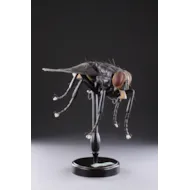
SOLD
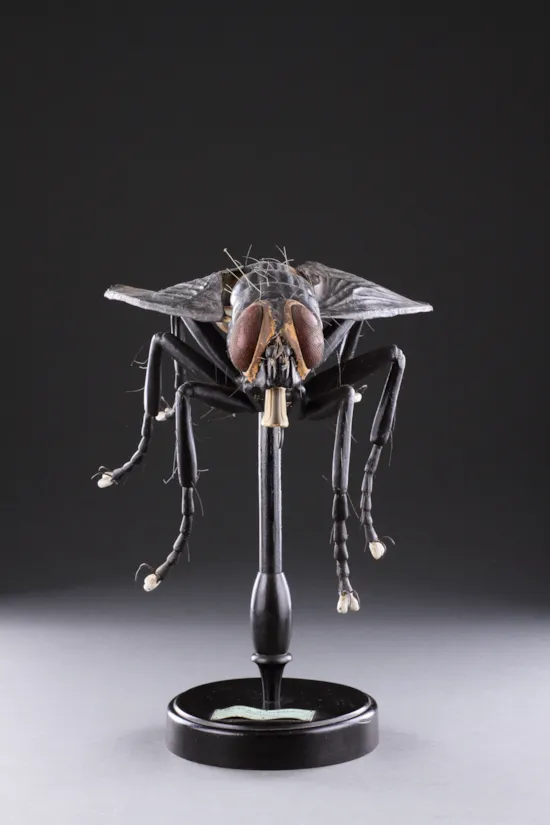
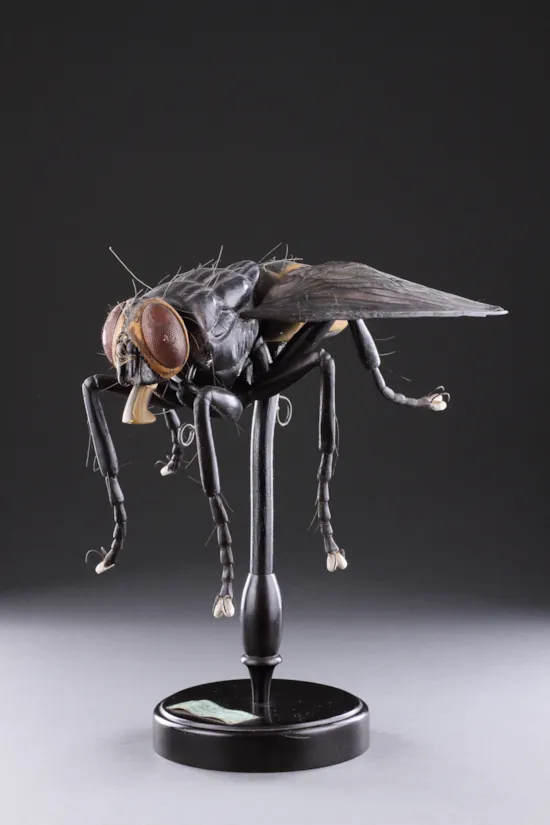
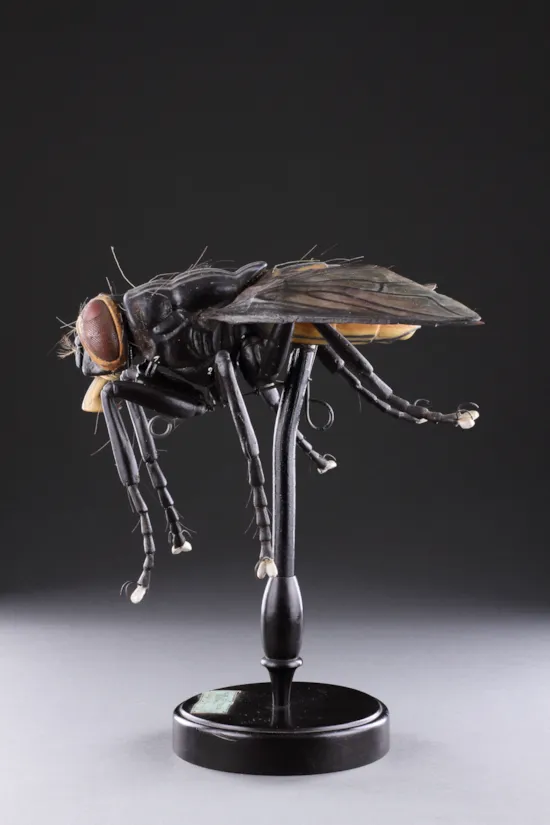
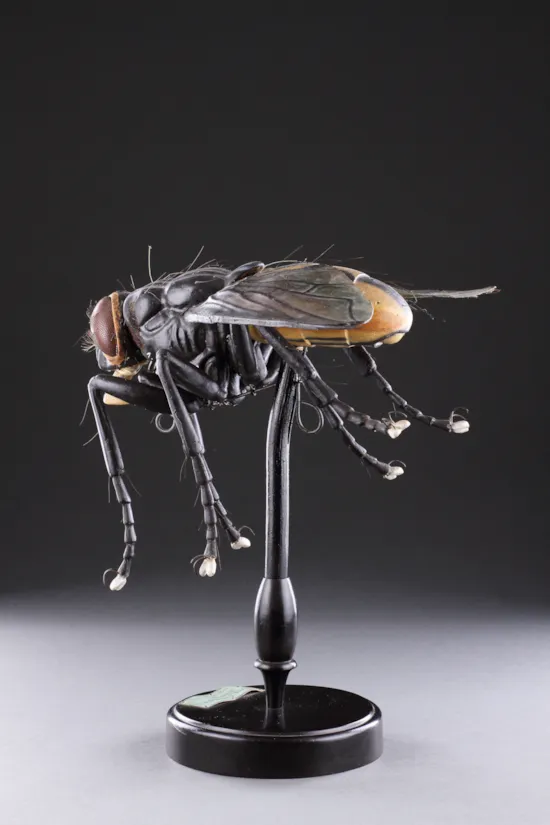
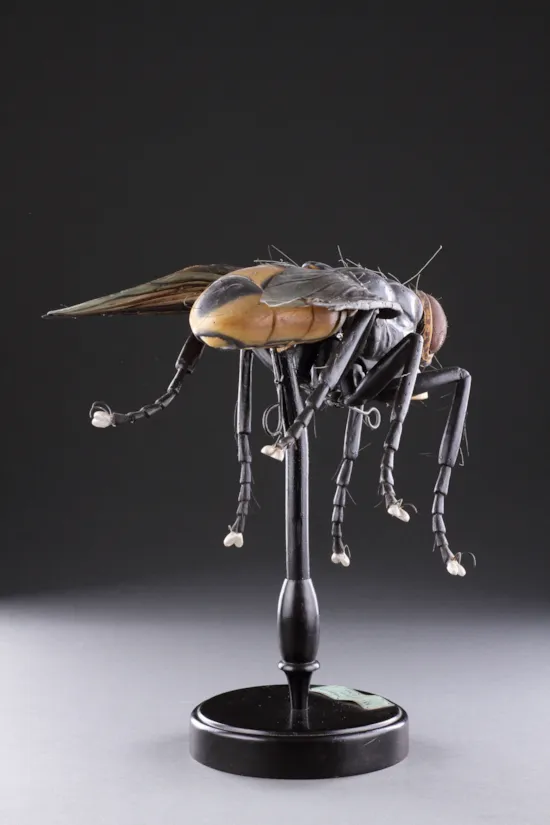
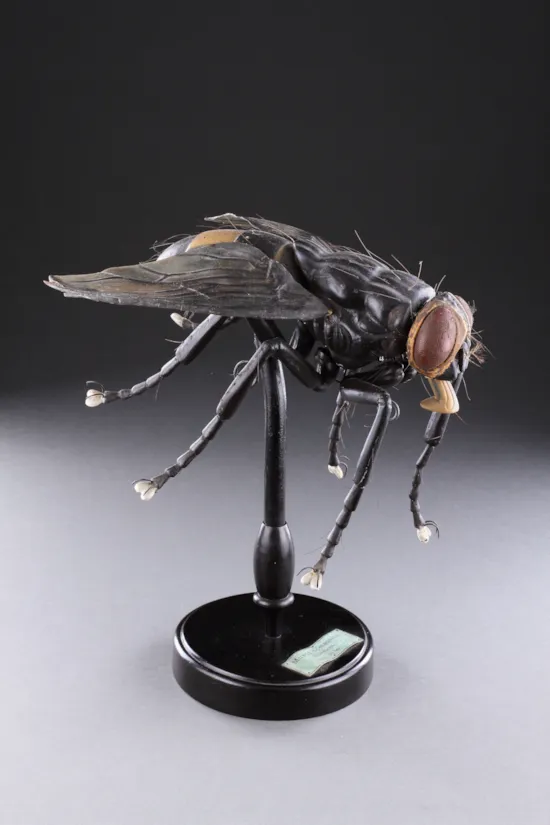
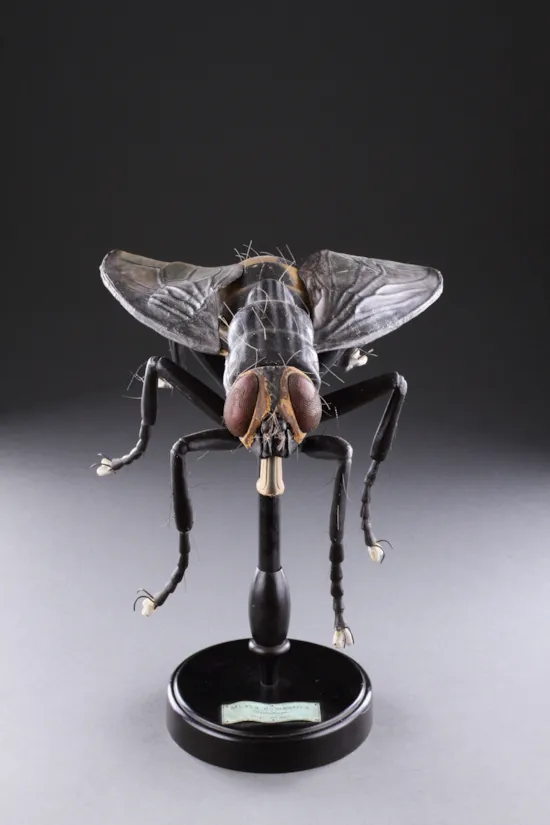
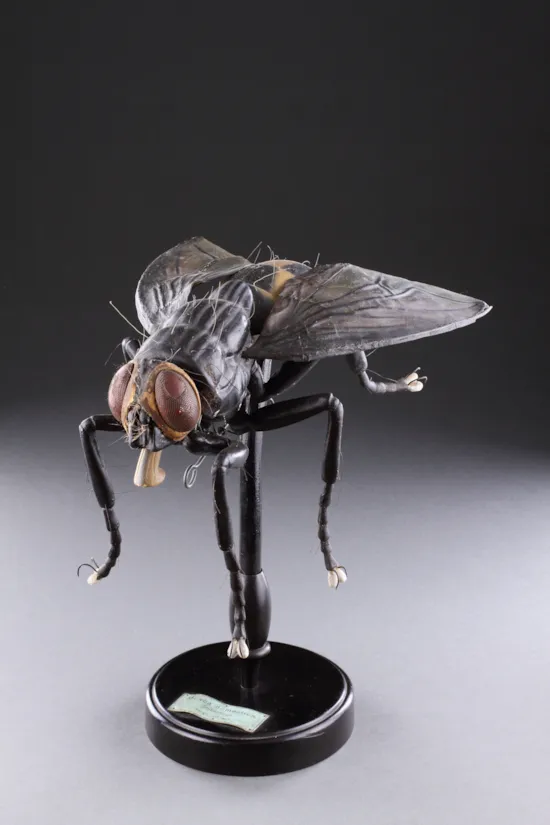
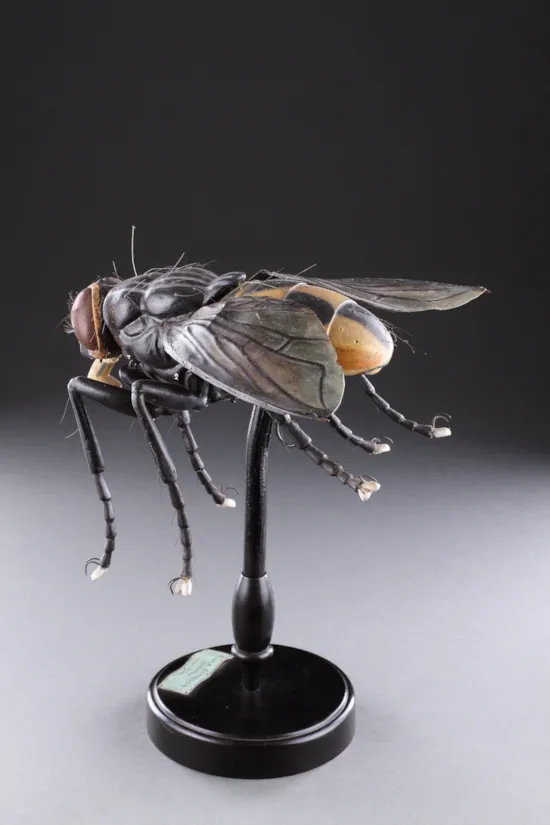
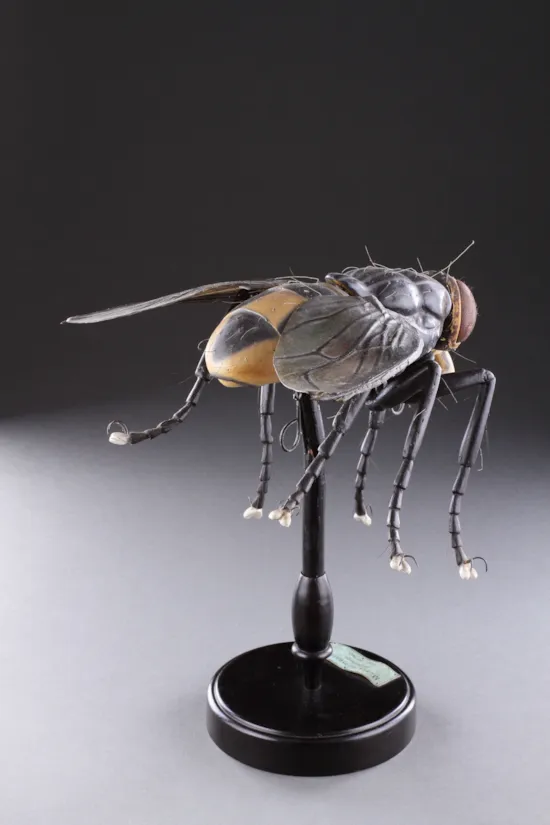
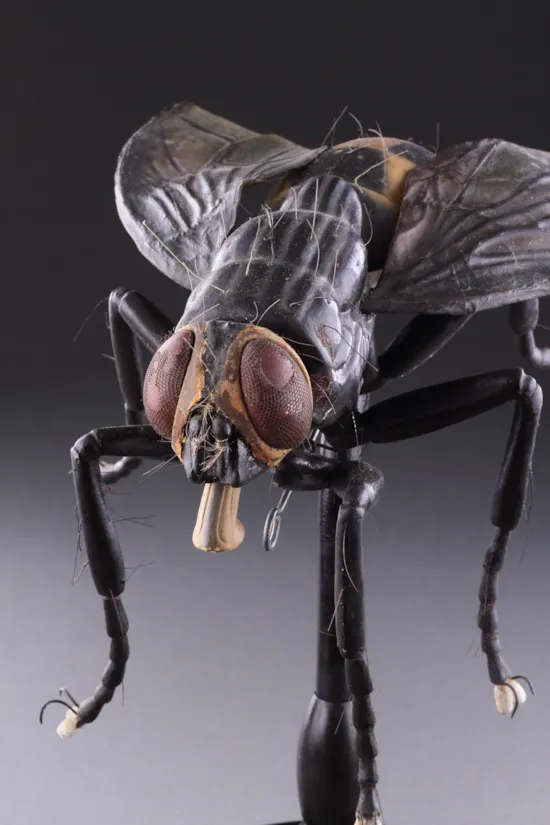











YOU MAY ALSO LIKE

